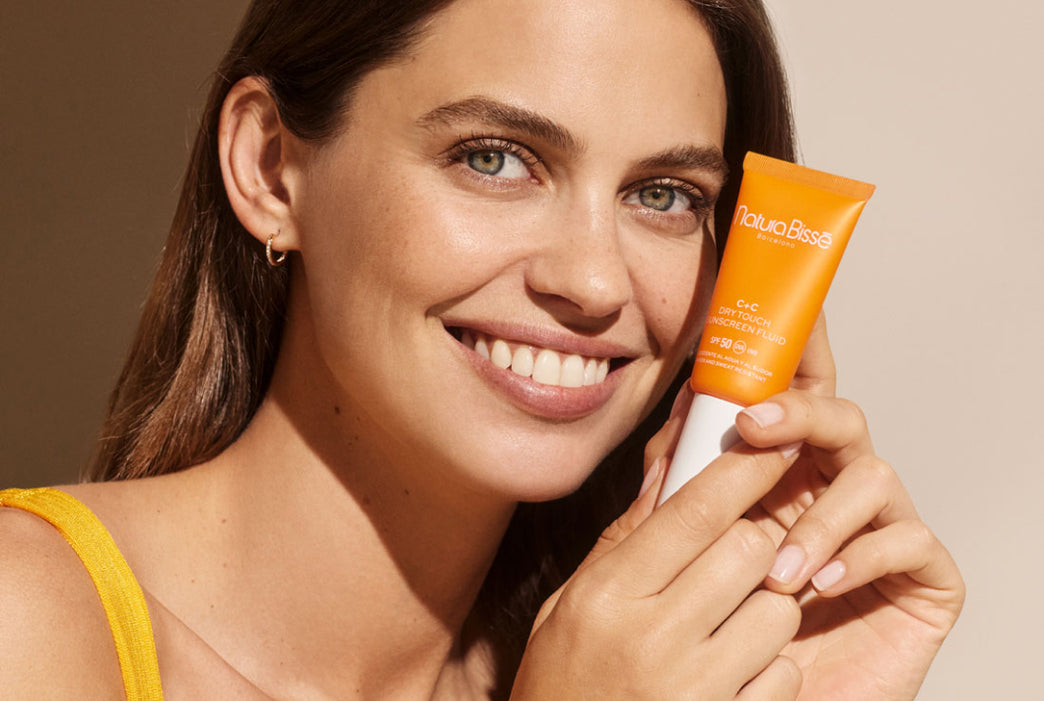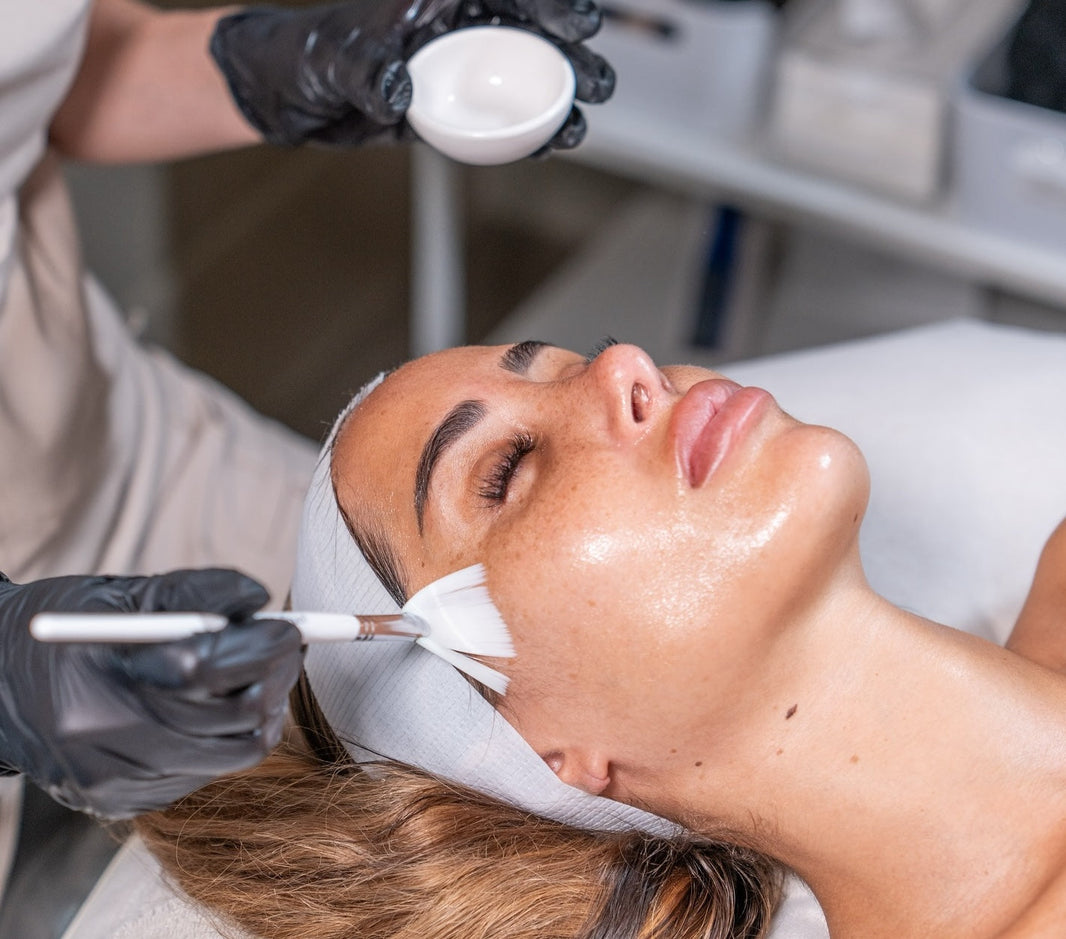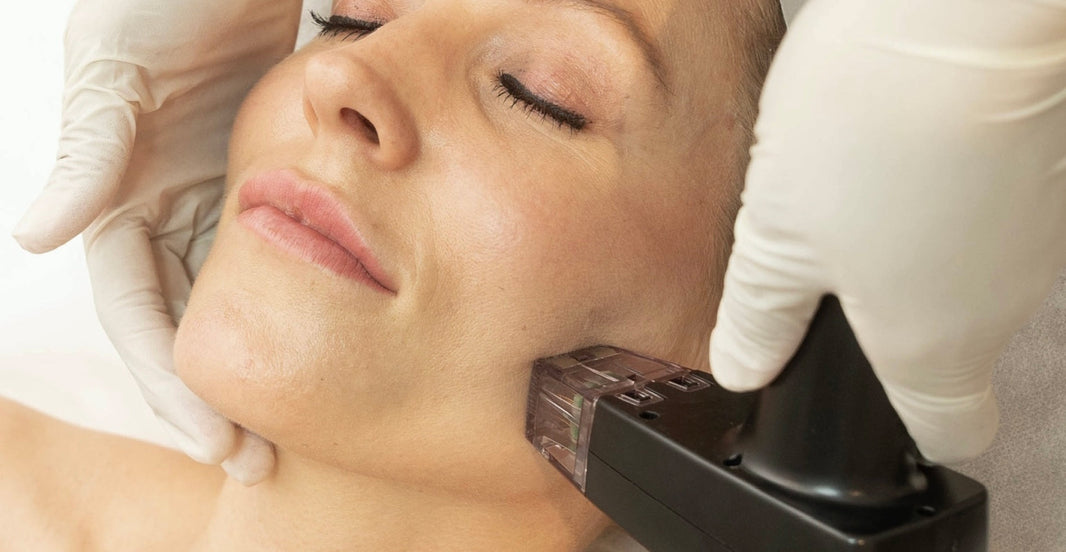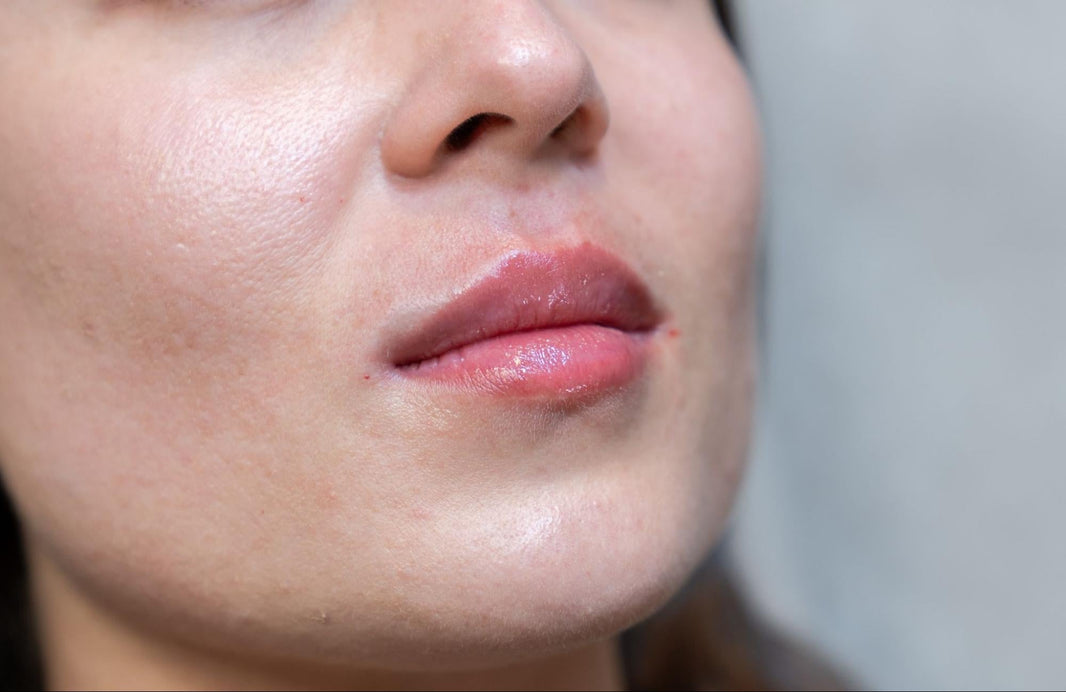Fat transfer, also known as fat grafting, is a procedure that moves fat from one part of the body to another. It’s commonly used in cosmetic and reconstructive surgery to enhance volume, smooth out irregularities, or restore lost fat due to ageing or medical conditions.
In recent years, fat transfer has gained popularity as a natural alternative to implants and fillers. Since it uses your own fat, there’s no risk of allergic reactions, and the results can be long-lasting.
This guide covers everything you need to know about fat grafting, from how it works to its benefits and risks. If you’re considering the procedure or just curious about it, this article will help you understand what to expect.
Popular Areas for Fat Transfer
-
Fat transfer to the face (cheeks, lips, under-eye)
Fat grafting can add volume to areas of the face that lose fullness over time. It is often used for the cheeks, lips, and under-eye area to create a more balanced appearance. It can also help smooth out fine lines and hollows.
-
Fat transfer to the breasts (natural augmentation)
For those looking for a subtle, natural-looking breast enhancement, fat transfer offers an alternative to implants. It can also be used for reconstruction after a mastectomy or to correct asymmetry.
-
Fat transfer to the buttocks (Brazilian butt lift)
Commonly known as a Brazilian butt lift, this procedure enhances the shape and size of the buttocks using fat from other areas of the body.
-
Fat transfer to the hips (contouring and shaping)
Fat grafting can help improve the waist-to-hip ratio by adding volume to the hips. This can create a more balanced or curvier silhouette.
-
Fat transfer to the hands (reducing signs of ageing)
Hands often show signs of ageing due to volume loss. Fat transfer can restore fullness, reducing the appearance of veins and wrinkles.
-
Reconstructive purposes (e.g., post-mastectomy reconstruction)
In addition to cosmetic procedures, fat grafting is used in reconstructive surgery. It can help restore tissue lost due to injury, surgery, or medical conditions such as breast cancer.
The Fat Transfer Procedure – Step-by-Step
Fat grafting is a multi-step process that involves removing fat from one part of the body, processing it, and injecting it into another area. While the procedure is generally straightforward, each step plays a crucial role in ensuring safe and effective results.
Pre-Surgery Preparation
Before the procedure, your doctor will assess whether fat transfer is suitable for you. This involves a medical evaluation to check your overall health and ensure you have enough fat for the transfer.
You’ll also receive preoperative instructions, which may include:
-
Avoid certain medications like aspirin or ibuprofen, as they can increase the risk of bleeding.
-
Staying well-hydrated in the days leading up to the procedure.
-
Stopping smoking, as it can affect healing and fat survival.
-
Maintaining a stable weight, since major weight changes can impact results.
Step 1: Fat Harvesting
The first step in fat grafting is harvesting fat from a donor area. This is typically done using liposuction, which removes fat from places like the abdomen, thighs, or hips. A small incision is made, and a thin tube is inserted to gently extract the fat. This step not only provides fat for the transfer but can also improve the shape of the donor area.
Step 2: Purification of Fat Cells
Once the fat is removed, it goes through a purification process to separate healthy fat cells from any unwanted fluids or damaged cells. This step is essential to ensure that only high-quality fat is injected, as it increases the chances of fat survival and long-lasting results. The purified fat is then prepared for injection.
Step 3: Fat Injection
The final step is injecting the fat into the desired area. This is done using small syringes to carefully place tiny amounts of fat into different layers of tissue. Injecting fat in small amounts helps it integrate better with existing tissue and improves the chances of long-term survival. The goal is to create natural-looking volume and smooth contours.
Once the procedure is complete, you’ll receive aftercare instructions to help with recovery. Swelling and bruising are normal, but most people can return to light activities within a few days. Over time, some of the transferred fat may be reabsorbed by the body, so a follow-up session may be needed to achieve the best results.
Benefits of Fat Transfer
-
Natural-looking and long-lasting results
-
Dual benefits: contouring one area while enhancing another
-
No risk of allergic reactions (as the patient’s own fat is used)
-
Minimally invasive compared to implants
Potential Risks and Complications of Fat Transfer
Like any medical procedure, fat transfer comes with some risks. While most people recover without issues, it’s important to be aware of potential complications. These can include swelling, bruising, and temporary discomfort in both the donor and treated areas. In some cases, not all of the transferred fat survives, which may mean follow-up treatments are needed to achieve the best results.
More serious risks are rare but can include infection, uneven fat absorption, or small lumps forming under the skin. There is also a very low risk of fat entering the bloodstream and causing complications, but experienced surgeons take precautions to prevent this.
The good news is that fat grafting is generally considered safe when performed by a qualified professional. Choosing a skilled and experienced surgeon greatly reduces the chances of complications. If you follow aftercare instructions and allow your body time to heal, the procedure can provide natural-looking, long-lasting results with minimal risks.
Frequently Asked Questions About Fat Transfer
How long do fat transfers last?
Fat transfer results can be long-lasting, but some of the transferred fat may be reabsorbed by the body. The final results usually stabilise after a few months, and with a healthy lifestyle, they can last for years.
Is fat transfer a safe procedure?
Fat transfer is generally safe when performed by an experienced surgeon. Like any procedure, there are risks, but serious complications are rare with proper care and aftercare.
How much does fat transfer cost in Dubai?
The cost of fat transfer in Dubai varies depending on the treatment area and clinic but typically ranges from AED 15,000 to AED 40,000. A consultation with a surgeon will provide a more accurate estimate based on individual needs.
Does fat transfer help with weight loss?
No, fat transfer is not a weight-loss procedure. It removes small amounts of fat for contouring, but it does not lead to significant weight reduction.
What is the difference between fat grafting and liposuction?
Liposuction removes fat from specific areas to reshape the body, while fat grafting transfers that fat to another area to add volume. Liposuction is purely for fat removal, whereas fat grafting repurposes the fat for enhancement.
Related Articles
Cart
Don't miss out on the best deals!
Your cart may be empty now, but let us help you fill it up with amazing products.
- Choosing a selection results in a full page refresh.



 hristmas
hristmas



